IsoAcoustics
Gaia I
Feet & Carpet Discs
Incl. 21 % TAX € 183.00
- Suitable for audio components, turntables and speakers
- Sold as a single feet
- Weight capacity up to 100 kg
- Made of high quality stainless steel
- Weight … g
- Dimensions Ø 62×49 mm / 2.5×1.9 inch
Provides improved sound clarity and openness for floor standing speakers
When a speaker is placed on a hard surface, secondary internal reflections result. Any artifacts of this smear that is similar in the two channels is perceived to be in the center, causing the sound stage to collapse. The GAIA series of isolators eliminates this smear resulting in a larger 3-dimensional sound stage.
The GAIA isolators are machined units that incorporate IsoAcoustics’ patented design to provide a high degree of speaker isolation, while resisting lateral movement and oscillations, to maintain alignment with the listening position. Internal reflections from the hard supporting surface are attenuated resulting in greater sound clarity and openness.
Frequent Asked Questions:
Does speaker isolation work on all types of flooring?
Isolation is effective on all types of flooring to minimize structure borne vibrations and prevent vibrations from reflecting from the supporting surface. There is a common misconception that isolation is not required on hard concerete floors, but vibrations reflect back up from the solid concrete floor and also effectivly travel quickly through concrete. When used on thicker carpeting, the addition of the GAIA carpet disks can assist the GAIA and GAIA Titan have better connection to the floor. Which GAIA model will perform best for my speakers?
What direction should the IsoAcoustics logo on the GAIA’s be facing?
Optimal results are achieved by installing the GAIA isolators with the logo facing forward, in line with the speaker’s drivers. Alternatively, they can be rotated 180 degrees to face the rear. The isolators are directional and are designed to be aligned with the speaker’s motive forces. The direction of the IsoAcoustics logo does not matter when used with turntables or audio components.
What direction should the IsoAcoustics logo be facing on speakers with side firing woofers?
We have found the best results by orienting the GAIA’s to be front-facing, in line with the listening position.
What thread sizes are included with the GAIA’s?
The GAIA’s and GAIA TITAN isolators come with thread adaptors for the 3 most common thread sizes which fit the majority of speakers. The thread adaptor sizes included are as follows:
– GAIA III: M6-1.0, M8-1.25 and ¼”-20
– GAIA II: M6-1.0, M8-1.25, ¼”-20
– GAIA I: M8-1.25, M12-1.25, ¼”-20
– GAIA TITAN Theis: M8-1.25, M14-2.0, ½”-13
– GAIA TITAN Rhea: M8-1.25, M14-2.0, ½”-13
– GAIA TITAN Cronos: M10-1.5, M14-2.0, ½”-13
A wide variety of alternative thread sizes are available upon request.
How to order alternate size thread adaptors
The GAIA isolators come with the 3 most common thread sizes. If you require a different size, they can be ordered through the dealer that is selling the GAIA’s, or through our distributor. Click Here for the contact information for our distributor for your country.
My speakers do not have threads. Can I still use the GAIA?
If the speakers do not have threads, then the GAIA’s are not recommended. The OREA series is a common alternative when threads are not available.
Threaded inserts are available at most hardware stores and can be installed in the base of many types of speakers, but this is not typically recommended because of the risk of damaging the speaker. After the threaded inserts are installed into the speaker, the GAIA’s can be installed.
What makes the GAIA series different from all of the other series of IsoAcoustics products?
The GAIA series products are installed by threading into the base of speakers or components. The Advantage of this strong connection with the speaker or component is that all of the energy is managed by the internal isolators of the GAIA. This has a slight advantage compared to our other products which grip the bottom of the speaker by the isolators
How can I move the position of my speakers after the GAIA Isolators have been installed?
On smooth floors like hardwood, we recommend sliding a cloth underneath the GAIA’s by tilting the speakers to each side. Once the speakers with GAIA’s are on top of the cloth, the speakers can slide along the floors into position.
On carpeted floors furniture sliders can be placed under each GAIA to help them slide into place on the carpet.
Can the GAIA be used on carpet?
Yes. For thicker carpet, we recommend using the GAIA carpet discs for best results so that that the GAIA’s connect to a solid surface.
How are the GAIA Series installed?
1. Choose the correct threaded stud for your speakers, thread into GAIA, and tighten with the wrench provided.
2. Install locking nut and tighten by hand up against GAIA Housing.
3. Add locking nut to the upper threaded section.
4. Thread stud into the speaker (minimum 4 complete turns), align logo with the listening position and tighten locking nut up against the bottom of the speaker.
The weight of my speaker is slightly above the maximum weight. How will this affect the GAIA performance?
We do not recommend exceeding the specified weight limit. The weight limits are set based on the performance curve, not based on how much weight they can support. The performance of the GAIA is still strong at the weight limit but is quickly declining above this weight. If your speakers are within 10% of the weight limit, we recommend using a larger GAIA model for the best results.
How do I determine what the thread size is for my speaker?
Please click here for information on thread sizes and instructions on how to determine the thread size for your speaker or subwoofer.
What thread sizes are available for the GAIA’s?
Each model of GAIA Isolator comes with 3 common thread sizes. If none of these meet your needs, we also have many other thread sizes available. The threads included with the GAIA’s are as follows:
– The GAIA I includes M12-1.25, M8-1.25 and 1/4”-20
– The GAIA II includes M8-1.25, M6-1.0 and 1/4”-20
– The GAIA III includes M8-1.25, M6-1.0 and 1/4”-20
Can the GAIA series be used on stand mounted speakers?
If the speakers are fastened to the stands, then they tend to act as one and the GAIA series are recommended for installation on the floor stand.
If the speakers are resting on top of the stands, then we recommend isolation between the speaker and the stand. The OREA series are a great option in this case.
Download:
IsoAcoustics Technology Explaned!
YouTube:
How to install & setup IsoAcoustics GAIA Isolators on audio speakers
IsoAcoustics GAIA HiFi Speaker Isolators Installation Tips Advice and Guide
IsoAcoustics GAIA II review & A/B demonstration – Awesome HiFi Speaker Isolators
Best speaker upgrade: Gaia Isoacoustics isolators by ANA(DIA)LOG
IsoAcoustics GAIA and OREA vibration isolation feet by Steve @ Crutchfield
THESE WILL BLOW YOUR MIND ! – IsoAcoustics GAIA 1 Speaker Isolation @ Streaky.com
| Quantity |
|---|
1 beoordeling voor IsoAcoustics
Gaia I
Feet & Carpet Discs
Een beoordeling toevoegen Reactie annuleren
Gerelateerde producten
Incl. 21 % TAX € 125.00
Incl. 21 % TAX € 75.00
Incl. 21 % TAX € 12.50




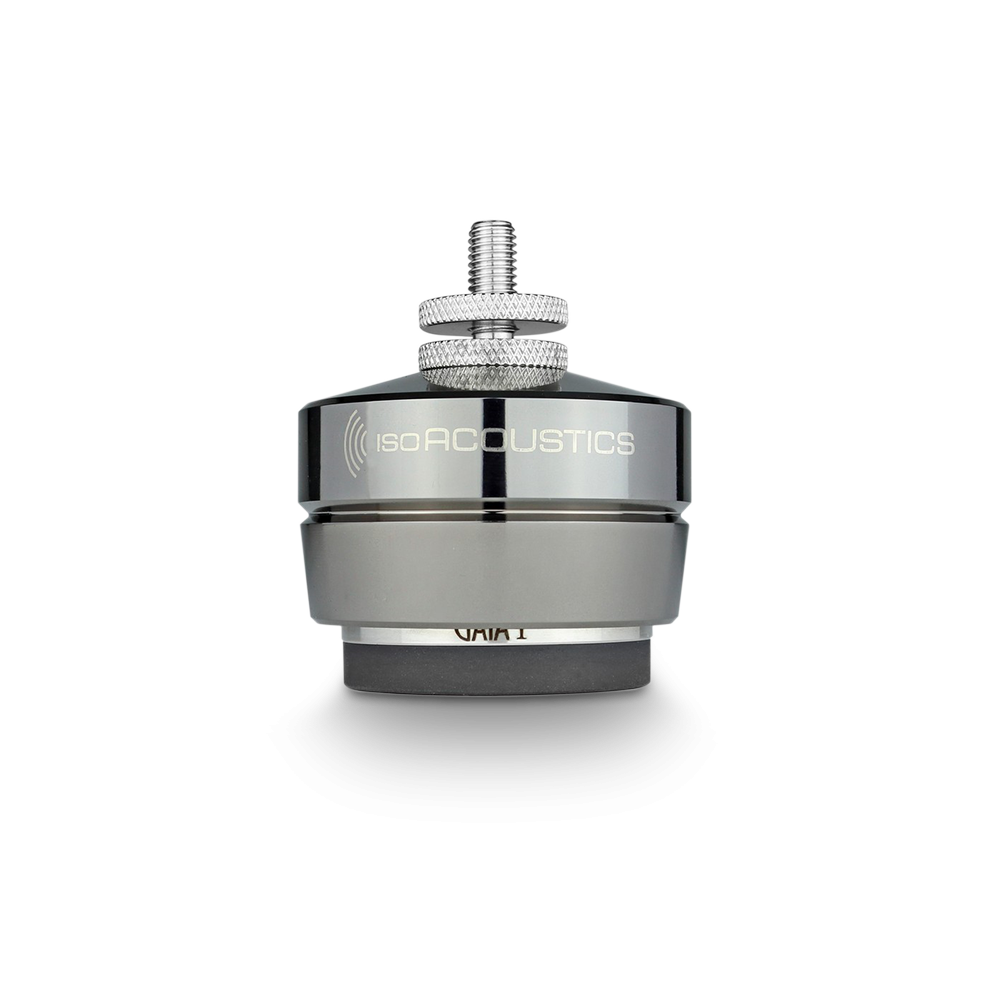
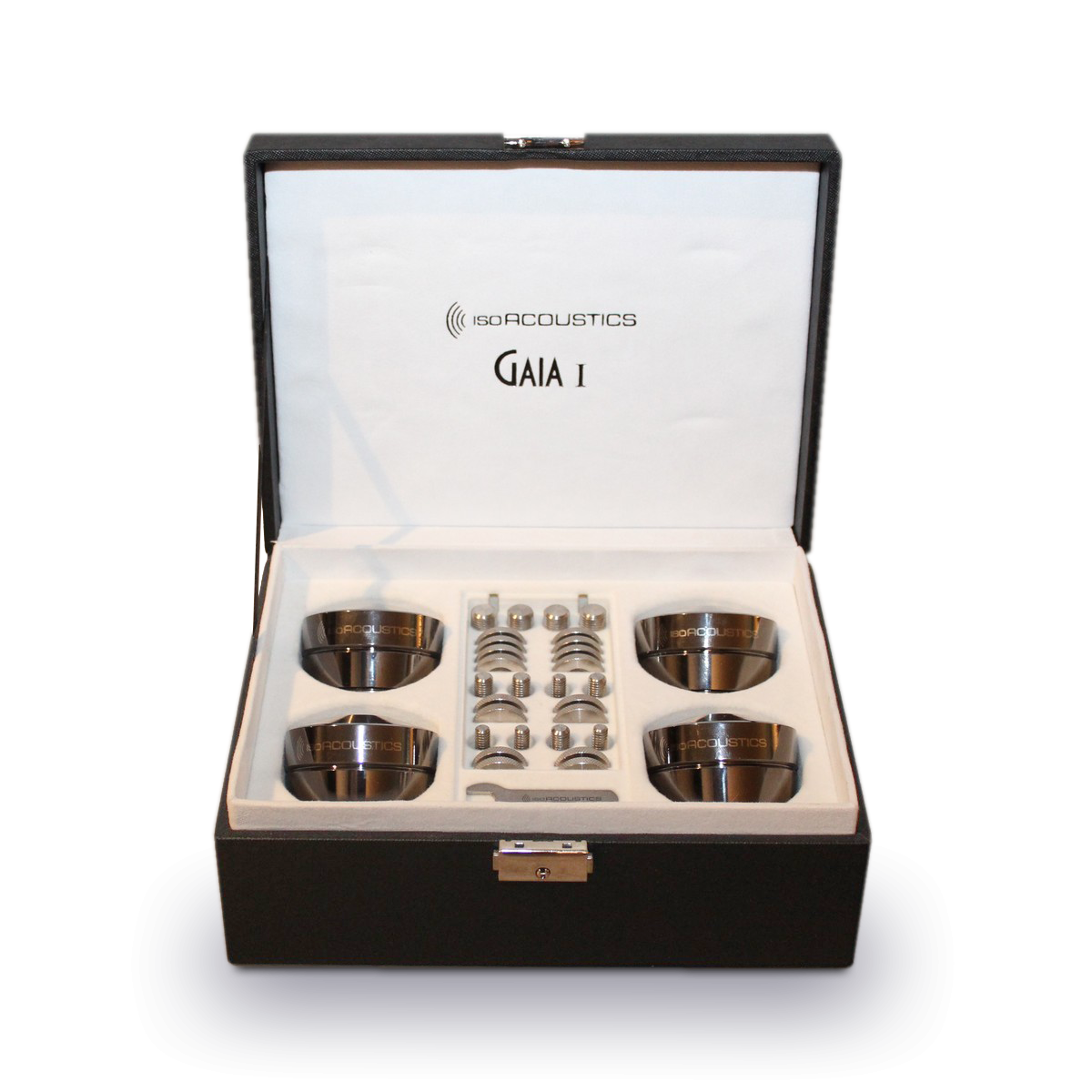
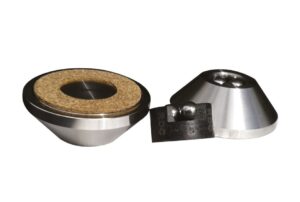
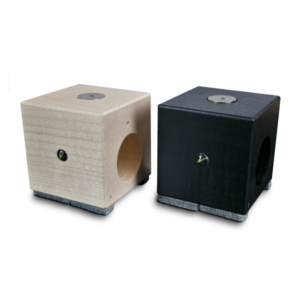
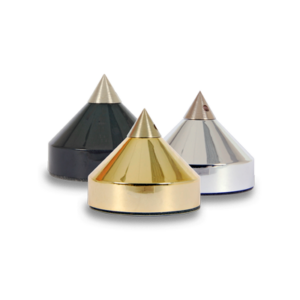
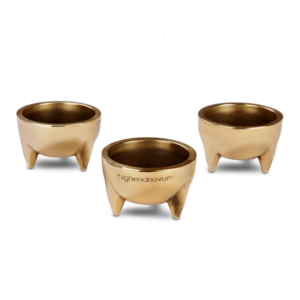
John van Polen –
I provided my Thiel CS6 loudspeakers with IsoAcoustics Gaia 1 feet. This resulted in far more speed and purity of tone in the bass region. Even musical lines I never heard before emerge. Also, imaging is improved. Gaia feet definitely prove that loudspeakers should be decoupled from the floor. An indispensable accesory.